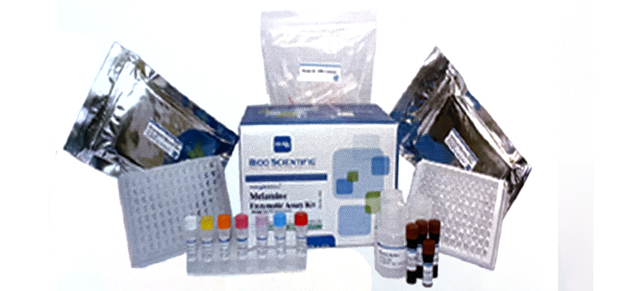Research in action
New test kit detects toxic chemical in infant formula and other foods
By Tim Montgomery
 Melamine is a nitrogen-based industrial chemical used in making plastic countertops, flame-retardant fabrics, and other materials.
Melamine is a nitrogen-based industrial chemical used in making plastic countertops, flame-retardant fabrics, and other materials.
In recent years, a few manufacturers - primarily in China - have added melamine as cheap filler to milk and other dairy products because it boosts the apparent protein content.
Melamine killed six Chinese children and hospitalized 150,000 in 2008 after it was added to milk. It was also linked to the deaths of more than 1,000 pets in 2007 after it was added to pet food. Melamine damages the kidneys and can have long-term health consequences for those who survive ingesting it.
Because of these incidents, the World Health Organization put out a call to scientists worldwide to develop a simple, inexpensive way to detect melamine in food. Until now, this required sophisticated laboratory equipment and trained staff.
Two University of Minnesota professors - Larry Wackett and Mike Sadowsky - responded by developing an enzyme, melamine deaminase, which slightly alters the structure of melamine and causes it to release ammonia. Ammonia can be detected in milk by a simple test that turns the milk blue. (Jennifer Seffernick, a research associate in Wackett's lab, discovered the enzyme while conducting research on biodegradation of herbicides).
BIOO Scientific, a biotechnology company located in Austin, Texas, used the enzyme to create a test kit, which they are distributing in China. The simple, inexpensive kit can be used to detect melamine in milk at regional sites before it is processed. The kit can also be used to detect melamine in processed foods, such as powdered milk, ice cream, and chocolate drink.
